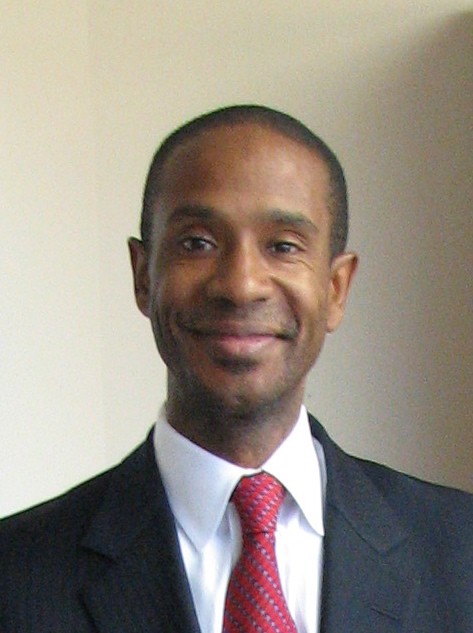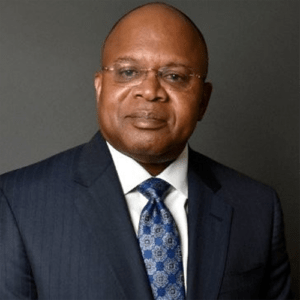

Earlier this month, Westchester County Executive George Latimer announced the formation of a police training reform group. Today, he gave an update on the group’s work, introduced its leadership and outlined how it meshes with new guidelines from Albany.
Following the killing of George Floyd in Minneapolis, Westchester County acted quickly and pulled together a working group of various stakeholders to review procedures and policies at the County Police academy.
Latimer said: “We know that it is not enough to rally, it is not enough to express heartfelt anger and frustration – and it really isn’t realistic for a white man to try to channel what is being felt in the African-American community or any community of color. What is important for me to do, given my responsibilities, is to have an appropriate governmental response so that it is not just about the rally of the moment but it’s about what can we do as a government to improve.”
The working group will be comprised of County and local police professionals, individuals who serve on the Human Rights Commission, on the County’s police board, members of the African-American clergy and justice activists, to review in detail all of the procedures and policies that are used at the County Police Academy to train new police recruits and to provide in-service training for those that are already working in law enforcement.
Members of the Task Force include: Thomas Gleason, Terrance Raynor, Tejash Sanchala, Rev. Doris Dalton, Mayo Bartlett (Co-Chair), Andre Early, Dr. DaMia Harris-Madden, Lila Kirton, Leroy Frazer (Co-Chair), Chris McNerney, Ken Chamberlain, Martin McDonald, Rev. Troy DeCohen, Rev. Dr. Stephen Pogue, Chad Golanec, Barbara Hart, Karine Patino, Chief Melvin Padilla, Jack Alemany, Hon. Terry Clements, Hon. Lyndon Williams, Hon. Colin Smith, Robert Tucker, Paul Hood, Michael Hagan, Robyn Schlesinger
Judge Kathy Davidson.
Staff Liaisons include: Blanca Lopez – Team Leader, Crystal Collins, Jason Whitehead, Sheralyn Pulver, Perri Kadanoff.
Co-Chair Mayo Bartlett said: “Thank you to County Executive Latimer, Deputy County Executive Jenkins, and the Board of Legislators for having the vision to convene us before it was mandating by the Governor. This is a remarkably unique opportunity for us to work to make Westchester County not just better than it is – but the best, in terms of public safety, in the world.”
Co-Chair Leroy Frazer said: “I thank the County Executive for giving the opportunity to serve in this capacity, I welcome it – it is very timely and very important. Although I have been a Westchester resident for 30 years, I spent most of that time working in criminal justice in New York City and elsewhere around the State. It will be good to come home and use what I have learned over the years to try to help this County move forward.”
County Board of Legislators Chairman Ben Boykin said: “This is a taskforce that is going to get to work to do things. To make real substantive and fundamental changes to how we do policing in Westchester. One important thing to be said, before the Executive Order from the Governor, Westchester was already moving forward with this taskforce that was announced by the County Executive. Again, Westchester is always ahead of the curve.”
Following the Governor’s recent Executive Order, the County is now expanding its work – and doing even more in this area. The EO requires each local government with a police agency to perform a comprehensive review of deployments, strategies, procedures and practices and develop a plan to improve them. The plan has to be completed by April 1, 2021 plan and must be adopted by local legislative body. Local governments must submit certification to Division of Budget that plan has been completed and adopted. The plan is to be created by the Chief executive of each local government must convene head of their police agency and community stakeholders.
Stakeholders include members and leadership of local police force, members of the community, interested non-profit and faith based community groups, district attorney’s office, local public defender and local elected officials.
This plan must be offered to the public for comment to all citizens of the locality. The plan must also contain evidence based police strategies to include use of force policies, procedural justice, studies addressing systemic racial bias in policing, diversion programs, restorative justice practices, community based outreach and conflict resolution, problem-oriented policies, hot spots policing, focused deterrence, crime prevention through environmental design, violence prevention and reduction interventions. Lastly, the plan must be tailored to specific needs of the community and general promotion of improved police agency and community relationship.





